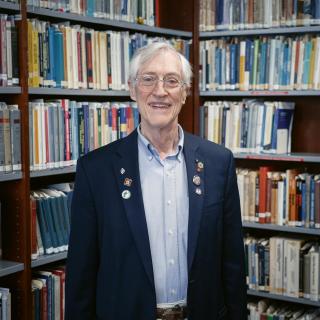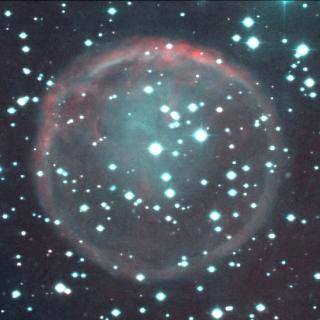It may interest you
-
 La Fundación” la Caixa” prosigue con su compromiso con el fomento de la investigación en España a través de sus distintas convocatorias de becas. Recientemente, ha concedido 100 becas de doctorado y posdoctorado para que investigadores de excelencia desarrollen sus proyectos en universidades y centros de España y Portugal. En este sentido, refuerza los lazos con el Instituto de Astrofísica de Canarias (IAC) que ha recibido a dos de las cien personas becadas en estas modalidades. A través de los programas INPhINIT, dirigido a personal doctorando, y Junior Leader, enfocado en la etapaAdvertised on
La Fundación” la Caixa” prosigue con su compromiso con el fomento de la investigación en España a través de sus distintas convocatorias de becas. Recientemente, ha concedido 100 becas de doctorado y posdoctorado para que investigadores de excelencia desarrollen sus proyectos en universidades y centros de España y Portugal. En este sentido, refuerza los lazos con el Instituto de Astrofísica de Canarias (IAC) que ha recibido a dos de las cien personas becadas en estas modalidades. A través de los programas INPhINIT, dirigido a personal doctorando, y Junior Leader, enfocado en la etapaAdvertised on -
 The Museo de la Ciencia y el Cosmos, part of the Organismo Autónomo de Museos y Centros del Cabildo de Tenerife, will host a conference by the astrophysicist and 2006 Nobel Laureate in Physics, John Mather, entitled ‘Unsolved mysteries of physics and astronomy’, on Friday 9th May. Mather receives this week the recognition as Doctor Honoris Causa of the Universidad de La Laguna (ULL) with the sponsorship of the researcher of the Instituto de Astrofísica de Canarias (IAC) and Doctor Honoris Causa of the ULL, John Beckman. Mather's lecture, which will be in English, will be presented by theAdvertised on
The Museo de la Ciencia y el Cosmos, part of the Organismo Autónomo de Museos y Centros del Cabildo de Tenerife, will host a conference by the astrophysicist and 2006 Nobel Laureate in Physics, John Mather, entitled ‘Unsolved mysteries of physics and astronomy’, on Friday 9th May. Mather receives this week the recognition as Doctor Honoris Causa of the Universidad de La Laguna (ULL) with the sponsorship of the researcher of the Instituto de Astrofísica de Canarias (IAC) and Doctor Honoris Causa of the ULL, John Beckman. Mather's lecture, which will be in English, will be presented by theAdvertised on -
 An international team of researchers, including staff from the Instituto de Astrofísica de Canarias (IAC), has discovered a planetary nebula that destroyed its own planetary system, conserving the remaining fragments in the form of dust orbiting its central star. To date, more than 5000 exoplanets have been discovered orbiting stars of all kinds and almost every stage of stellar evolution. However, while exoplanets have been discovered around white dwarfs – the final stage in the evolution of low- and intermediate-mass stars like the Sun, no exoplanets have been detected in the previousAdvertised on
An international team of researchers, including staff from the Instituto de Astrofísica de Canarias (IAC), has discovered a planetary nebula that destroyed its own planetary system, conserving the remaining fragments in the form of dust orbiting its central star. To date, more than 5000 exoplanets have been discovered orbiting stars of all kinds and almost every stage of stellar evolution. However, while exoplanets have been discovered around white dwarfs – the final stage in the evolution of low- and intermediate-mass stars like the Sun, no exoplanets have been detected in the previousAdvertised on
